Autism learning involves tailored approaches to support autistic children. This article covers strategies like visual, auditory, and kinesthetic methods. Discover how technology and inclusive environments can improve learning for autistic students.
Key Takeaways
- Identifying the unique learning styles of autistic children—visual, auditory, or kinesthetic—enables the development of effective educational strategies tailored to their strengths.
- Incorporating visual tools, such as video modeling, picture schedules, and graphic organizers, enhances comprehension and engagement for autistic learners.
- Creating inclusive learning environments through predictable routines and collaborative support can significantly improve the educational experiences and outcomes for autistic students.
Understanding Autism Learning Styles
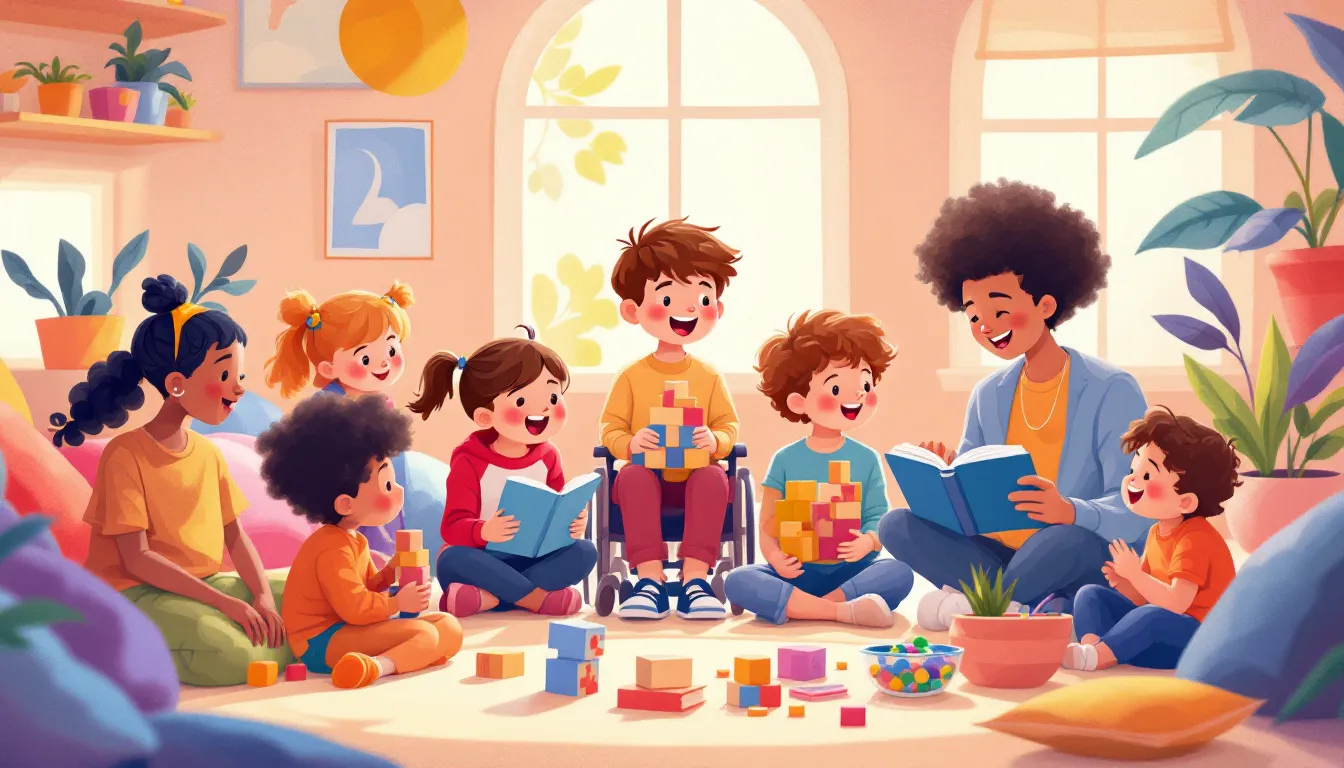
Recognizing the learning styles of autistic children is key to crafting strategies that foster engagement and comprehension. Many autistic children have distinct learning preferences, different from their non-autistic peers. Identifying whether a child is a visual learner, auditory, or kinesthetic learner can greatly enhance their educational experience.
Using a combination of visual, auditory, and kinesthetic methods can significantly improve learning for autistic children. Visual aids can help students grasp concepts more easily, while auditory techniques like repetition can reinforce understanding. Kinesthetic activities offer physical engagement, which is crucial for some learners.
Catering to these learning styles is crucial for the holistic development of autistic children.
Visual Learning Strategies for Autistic Children
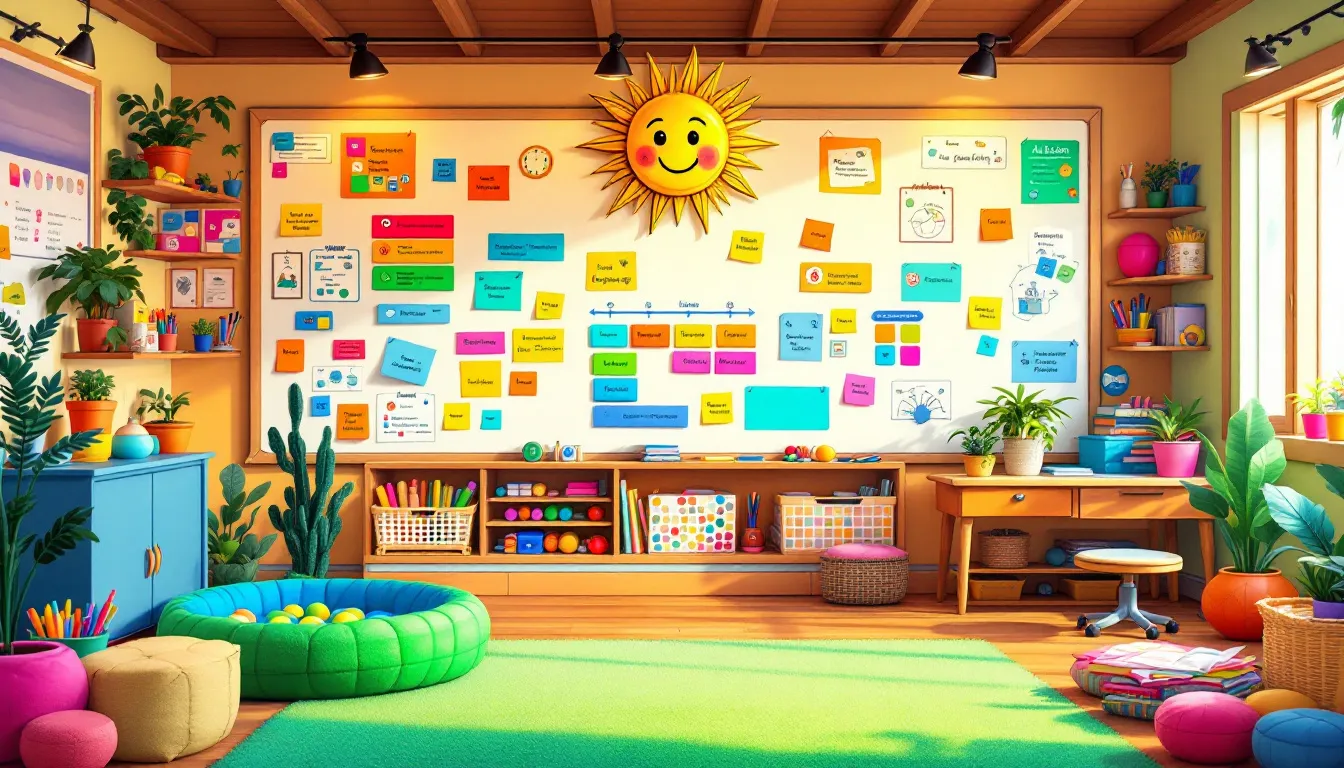
Many children with autism are visual thinkers, which means they process information more effectively through visual aids. Visual learning strategies can help autistic children understand and retain information by providing clear, contextual clues. For instance, using magnet letters to teach sight words can be highly effective. Several strategies can be employed to enhance visual learning, including video modeling, picture schedules, and graphic organizers.
These visual supports not only aid in comprehension but also help in organizing thoughts and managing daily routines. Integrating visual learning techniques creates a more engaging and supportive educational environment for autistic children.
Each of these strategies offers unique benefits.
Video Modeling
Video modeling is a powerful tool in visual learning, effectively demonstrating desired behaviors for autistic students to observe and replicate. Clear visual examples help children understand and retain specific skills better. This method leverages the natural strengths of visual learners, allowing them to see and mimic behaviors, such as facial expressions and social interactions, in a controlled and repeatable manner.
Picture Schedules
Picture schedules facilitate smooth transitions for autistic children by visually guiding them through daily routines. These visual aids help children grasp the sequence of activities, making transitions smoother and reducing anxiety during changes. Picture schedules provide a clear visual representation of daily tasks, enabling children to anticipate what comes next and fostering a sense of security and predictability.
Graphic Organizers
Graphic organizers are excellent tools for breaking down complex information into visually manageable components. These visual supports help autistic learners process information more efficiently by visually arranging ideas and concepts.
Tools like mind maps and color-coded notes can significantly enhance comprehension and memory retention, making it easier for children to understand and recall complex information.
Auditory Learning Techniques for Autistic Students
Auditory learning can be highly effective for some autistic children, especially those who thrive on listening and verbal engagement. Techniques that leverage auditory learning include repetition, clear verbal instructions, and recorded lessons, all of which can reinforce understanding and retention of information.
These methods can make a significant difference for auditory learners. Educators and parents can provide tailored support by focusing on auditory learning techniques for the auditory learner. Let’s delve into some of these techniques.
Repetition
Repetition is key to reinforcing learning for auditory learners. Hearing information repeatedly helps these students solidify their understanding and memory retention. This technique is particularly effective for teaching new skills and concepts, as it allows children to hear and internalize the material multiple times, making it more accessible and memorable.
Verbal Instructions
Clear and concise verbal instructions are crucial for engaging auditory learners. These instructions provide structured guidance that helps students follow along with lessons more effectively. Straightforward and easy-to-understand verbal directions enhance the learning experience for auditory learners, facilitating better comprehension and retention.
Recorded Lessons
Recorded lessons offer auditory learners the opportunity to revisit material multiple times. This method allows students to learn at their own pace, improving comprehension and retention.
Listening to recorded lessons helps autistic students reinforce their learning and gain a deeper understanding of the material.
Kinesthetic Learning Approaches for Autistic Individuals

Kinesthetic learning involves physical activities that engage the body in the learning process. Kinesthetic activities can significantly enhance engagement and retention for many kinesthetic learners. Techniques such as hands-on experiments, movement breaks, and sensory devices provide the physical engagement that is crucial for some learners.
These approaches not only help in understanding concepts but also in maintaining focus and reducing anxiety. Let’s explore some effective kinesthetic learning strategies.
Hands-On Experiments
Hands-on experiments foster better comprehension and active involvement in learning for autistic children. Engaging directly with the material helps children understand and retain new information better, making learning more interactive and enjoyable.
Movement Breaks
Regular movement breaks help autistic students reset their focus and alleviate anxiety. These breaks provide the necessary physical activity that helps children stay engaged and attentive, making them more receptive to learning.
Sensory Devices
The use of sensory devices can significantly enhance concentration levels in autistic learners. These devices provide sensory input that helps children stay regulated and focused during educational tasks, making learning more effective and enjoyable.
Reading and Writing Methods for Autistic People
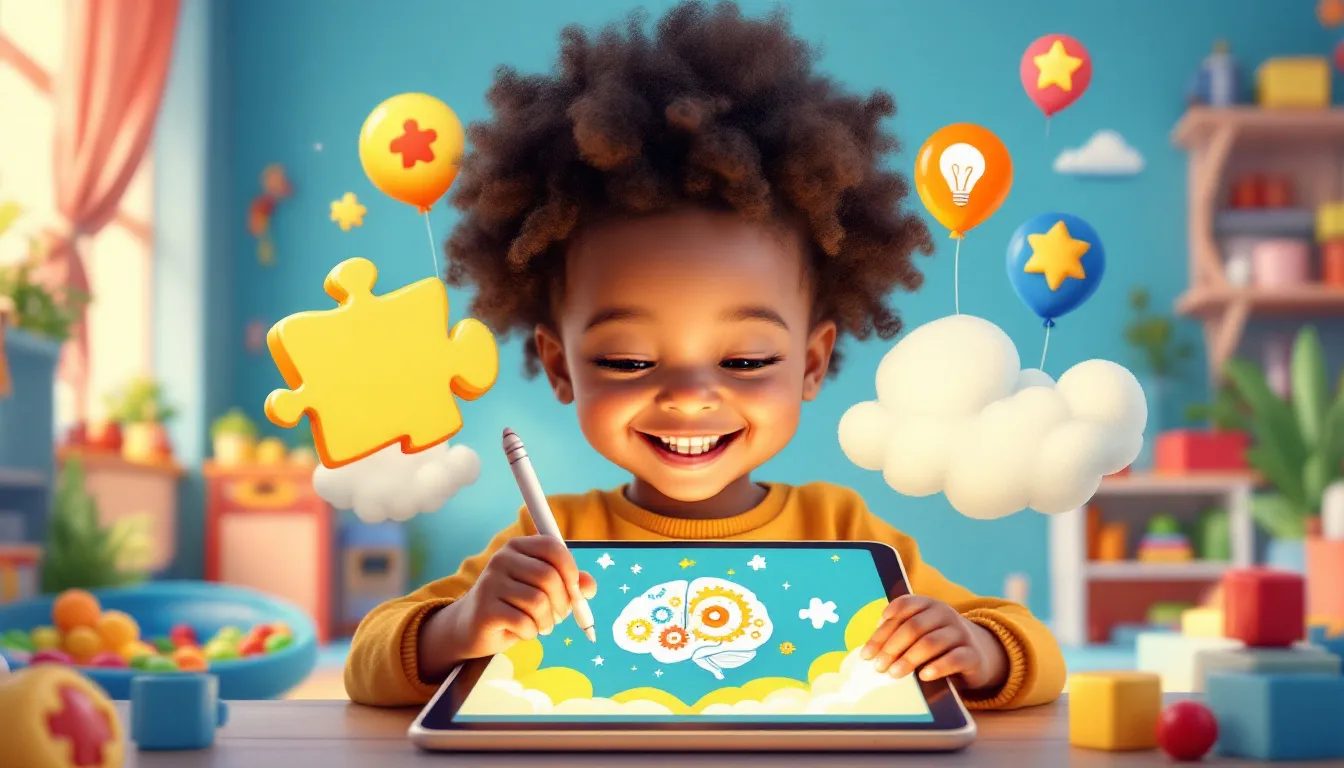
Tailored reading and writing methods can significantly enhance the learning experience for autistic individuals. These methods include effective note-taking techniques, engaging written assignments, and the use of discussion boards for idea sharing.
Catering strategies to the unique needs of autistic learners can improve comprehension, expression, and communication skills. Let’s explore each of these methods in detail.
Note-Taking Techniques
Effective note-taking strategies can enhance the organization and retention of information for autistic learners. Tailored techniques, such as color-coding and visual supports, promote better understanding and are crucial for academic success.
Written Assignments
Engaging in written assignments can improve both expression and understanding for students on the autism spectrum. By incorporating prompts that connect to students’ interests, educators can motivate autistic learners to engage more deeply in writing tasks.
Discussion Boards
Utilizing discussion boards can encourage idea sharing and improve communication skills among read/write learners. These platforms provide a structured environment for students to express their thoughts and engage with peers.
Identifying Your Child's Learning Style
Identifying your child’s learning style is crucial for tailoring educational approaches that enhance their engagement and comprehension. Many autistic children face challenges with executive functioning skills, affecting their organization and memory. Recognizing whether a child is a visual, auditory, or kinesthetic learner allows for better support in their educational journey.
Understanding your child’s strengths, interests, sensory preferences, and communication abilities are key steps in this process. Let’s explore how to identify these aspects effectively.
Observing Strengths and Interests
Identifying a child’s interests can indicate their preferred learning style. Observing what captivates their attention allows parents and educators to develop personalized learning strategies that leverage these natural inclinations.
Assessing Sensory Preferences
Children with autism spectrum disorder may be over-sensitive to sensory stimuli. Alternatively, they can also be under-sensitive to these stimuli. Understanding these sensory preferences is essential for creating a supportive learning environment that accommodates their needs.
Evaluating Communication Abilities
Different skills and preferences in communication can be observed in autistic individuals, including those of an autistic person. By evaluating these abilities, parents and educators can better support the child’s learning and social skills interactions.
Incorporating Technology in Autism Learning
Technology plays a crucial role in enhancing the educational experiences of autistic children. From educational apps that promote literacy and numeracy to assistive communication devices that help non-verbal students express themselves, technology offers innovative solutions to meet diverse learning needs at the autism research institute.
Incorporating technology allows educators to provide personalized and engaging learning experiences tailored to the unique preferences of autistic learners. Let’s explore some of these technological tools.
Educational Apps
Apps like ‘ABC Kids’ and ‘Starfall’ are designed to promote literacy and numeracy skills through fun and engaging activities. These apps employ gamified elements to reinforce learning, making education enjoyable and interactive for autistic learners.
Assistive Communication Devices
Assistive communication devices, such as ‘GoTalk NOW LITE’, can significantly improve the ability of non-speaking autistic individuals to express themselves. These devices allow users to create personalized communication pages, enhancing their ability to convey needs and thoughts.
Online Learning Platforms
Online learning platforms offer tailored educational experiences that address the unique needs of autistic learners. Structured discussion boards on these platforms provide a safe space for autistic students to express their thoughts without the pressure of immediate verbal communication.
Creating Inclusive Learning Environments
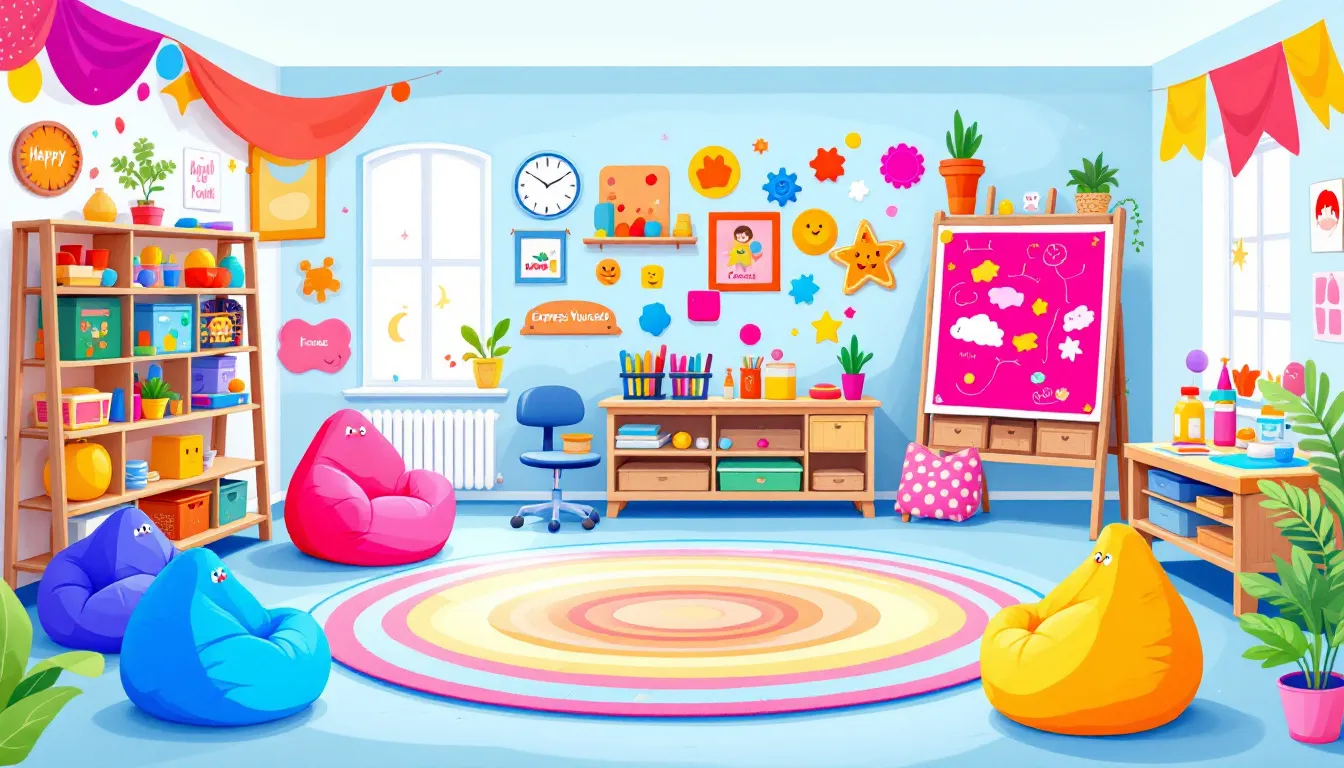
Creating inclusive learning environments is essential for the success of autistic students. Implementing structured and predictable routines, sensory-friendly classrooms, and collaborative support systems can significantly enhance engagement and learning outcomes. These strategies help reduce anxiety and provide a supportive framework that accommodates the diverse needs of autistic learners.
Let’s explore how to create such environments.
Predictable Routines
Predictable routines are crucial for autistic children as they create a sense of security and help manage transitions effectively. Using picture schedules can further aid in visualizing daily routines, making transitions smoother and reducing anxiety.
Sensory-Friendly Classrooms
Sensory-friendly classrooms are designed to minimize distractions and support students with autism in focusing on learning. Tools like noise-canceling headphones can help manage sensory overload, creating a more conducive learning environment.
Collaborative Support
Collaboration between educators, parents, and specialists is essential for providing consistent support to autistic students. Understanding individual communication styles and working together to implement effective strategies can significantly enhance the learning experience for autistic children.
This collaborative approach ensures that the child’s needs are met both at home and in the classroom, fostering a supportive and inclusive educational environment.
Summary
In summary, understanding and catering to the unique learning styles of autistic children is crucial for their educational success. By employing a mix of visual, auditory, and kinesthetic strategies, incorporating technology, and creating inclusive learning environments, we can significantly enhance the learning experiences of autistic students. These approaches not only improve comprehension and retention but also foster a supportive and engaging educational journey. Remember, every child is unique, and recognizing their individual needs and preferences is the key to unlocking their full potential.
Frequently Asked Questions
How can I identify my autistic child's learning style?
To identify your autistic child's learning style, observe their strengths, interests, sensory preferences, and communication abilities. Tailoring educational approaches to align with these factors can significantly enhance their engagement and understanding.
What are some effective visual learning strategies for autistic children?
Effective visual learning strategies for autistic children include video modeling, picture schedules, and graphic organizers, as these tools facilitate natural concept understanding and thought organization. Implementing these methods can significantly enhance learning outcomes.
How can auditory learning techniques benefit my autistic child?
Auditory learning techniques can significantly enhance your autistic child's comprehension and memory retention through methods such as repetition, clear verbal instructions, and the use of recorded lessons. These strategies provide a structured environment conducive to effective learning.
What role does technology play in autism learning?
Technology plays a crucial role in autism learning by offering personalized and engaging educational tools, such as apps and assistive communication devices, that cater to the unique needs of autistic children. This innovative approach enhances their learning experiences and accessibility.
How can I create an inclusive learning environment for my autistic child?
To create an inclusive learning environment for your autistic child, implement predictable routines and design sensory-friendly classrooms while fostering collaborative support systems. This approach will help reduce anxiety and cater to their diverse needs effectively.
Original content from the Upbility writing team. Reproduction of this article, in whole or in part, without attribution to the publisher is prohibited.
References
- Autism Research Institute. (2023). Understanding Autism Learning Styles.
- Smith, J. (2023). Visual Learning Strategies for Children with Autism. Journal of Autism and Developmental Disorders, 53(4), 1021-1035.
- Brown, L. & Green, T. (2023). The Impact of Auditory Learning Techniques on Autistic Students. Autism Spectrum Quarterly, 29(2), 145-159.
- Johnson, M. (2023). Kinesthetic Learning Approaches in Autism Education. International Journal of Special Education, 38(1), 67-82.
- Williams, R. (2023). Incorporating Technology in Autism Learning. Educational Technology & Society, 26(3), 45-58.
- Davis, K. (2023). Creating Inclusive Learning Environments for Autistic Learners. Special Education Today, 12(3), 123-138.

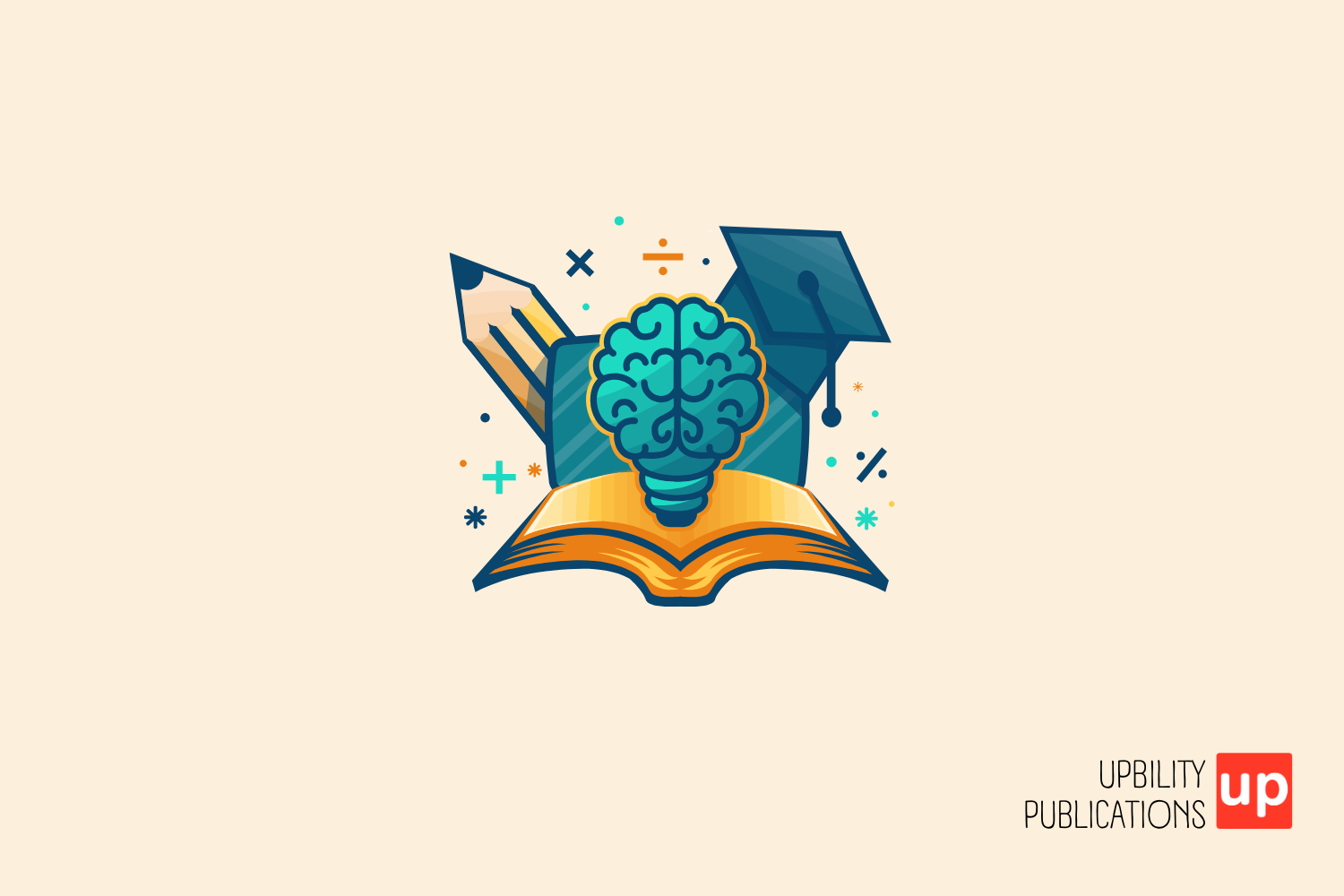



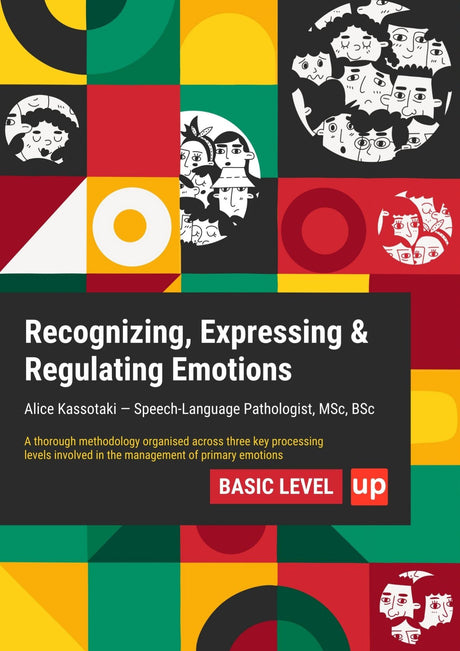
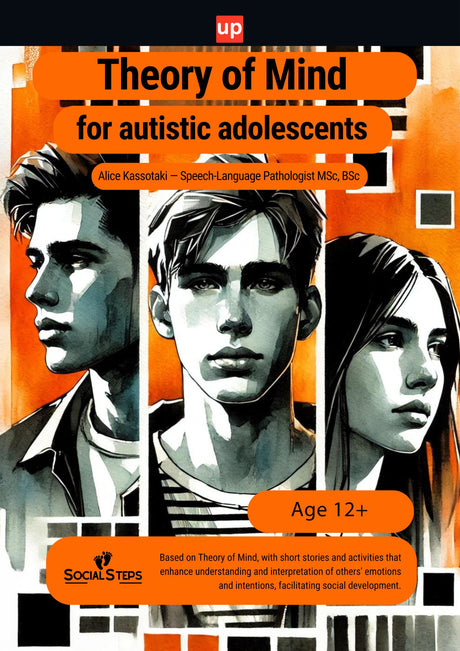
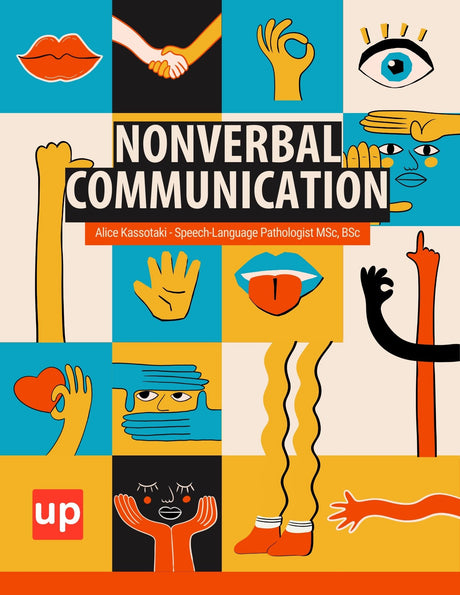

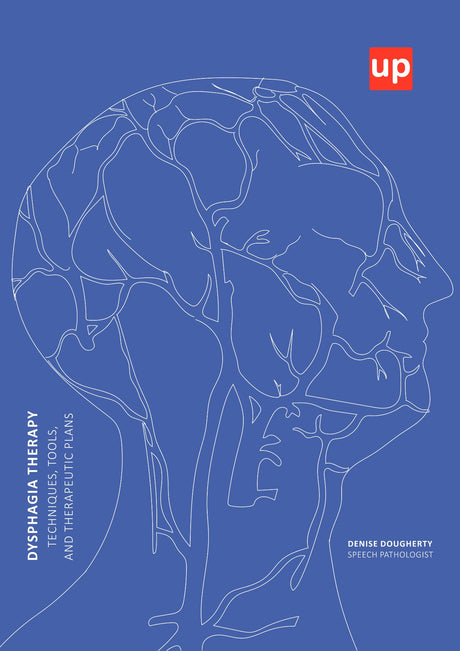
1 comment
This is a very informative post. The explanations and the displays of classrooms for learners with autism very relevant especially for us in developing countries.
Keep posting more of this.